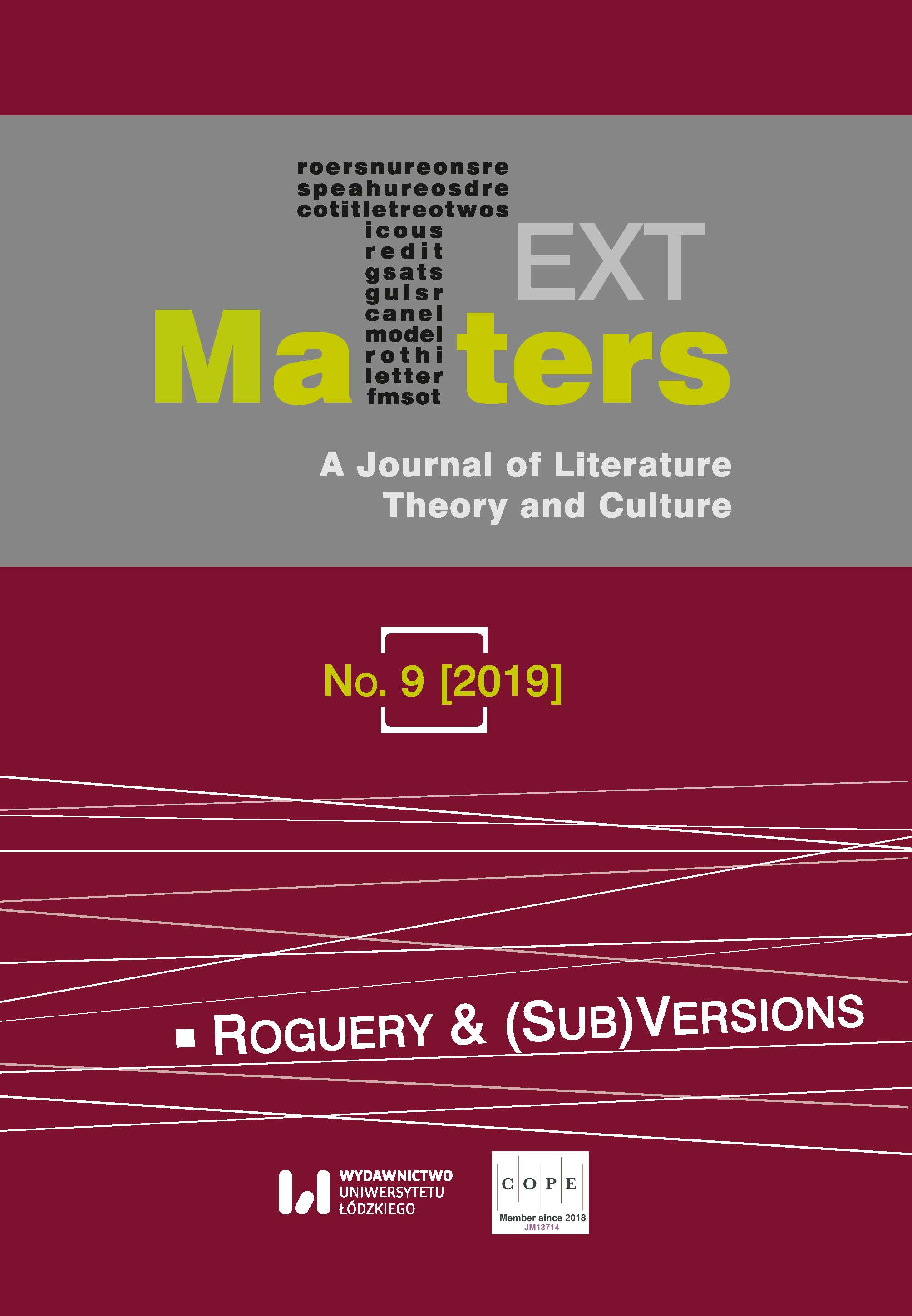Liminal Space in J. G. Ballard’s "Concrete Island"
Liminal Space in J. G. Ballard’s "Concrete Island"
Author(s): Marcin TereszewskiSubject(s): Studies of Literature
Published by: Wydawnictwo Uniwersytetu Łódzkiego
Keywords: Ballard;surrealism;psychogeography;spatiality;
Summary/Abstract: This article explores the way in which surrealist techniques and assumptions underpin spatial representations in Ballard’s "Concrete Island". With much of Ballard’s fiction using spatiality as an ideologically charged instrument to articulate a critique that underpins postcapitalist culture, it seems important to focus on exactly the kind of spaces that he creates. This paper will investigate the means by which spatiality is conceptualized in Ballard’s fiction, with special emphasis on places situated on the borders between realism and fantasy. Ballard’s spaces, often positioned on the edgelands of cities or centers of civilization, can be aligned with the surrealist project as presented not only by the Situationalist International, but of psychogeographical discourse in general. What the various Ballardian spaces—motorways, airports, high-rises, deserts, shopping malls, suburbs—have in common is a sense of existing outside stable definitions or what, following Marc Augé, we would call non-places, which by their definition are disconnected from a globalized image society, thus generating a revolutionary idea of freedom. As these places exist outside the cognitive map we impose on our environment, they present a potentially liberating force that resonates in Ballard’s fiction.
Journal: Text Matters: A Journal of Literature, Theory and Culture
- Issue Year: 2019
- Issue No: 9
- Page Range: 345-355
- Page Count: 11
- Language: English

